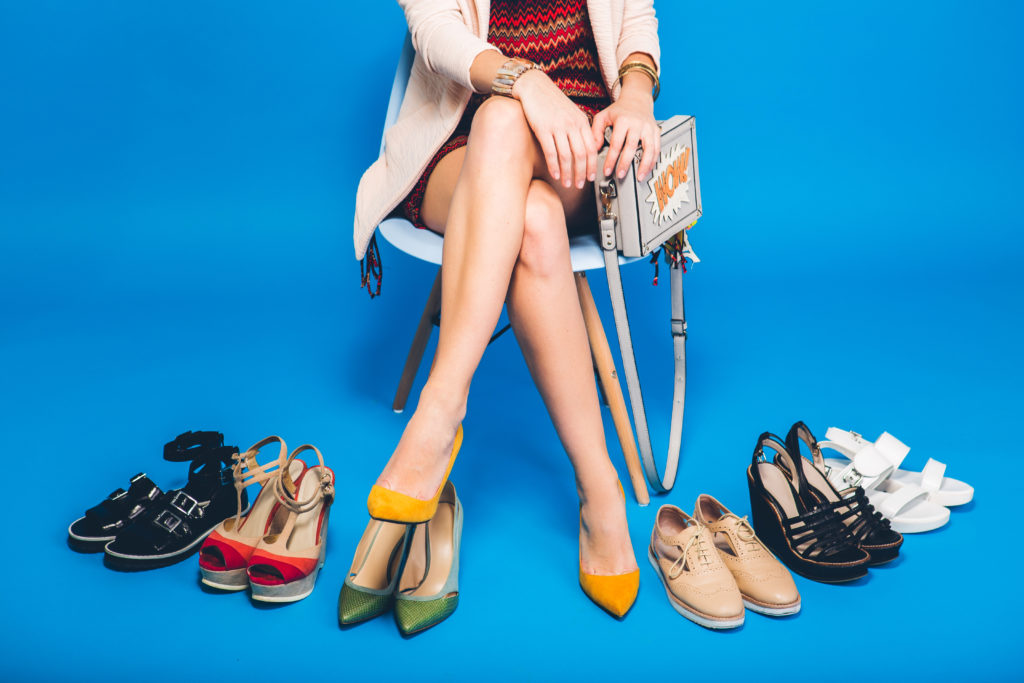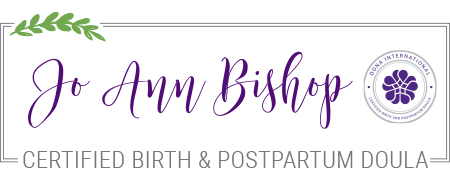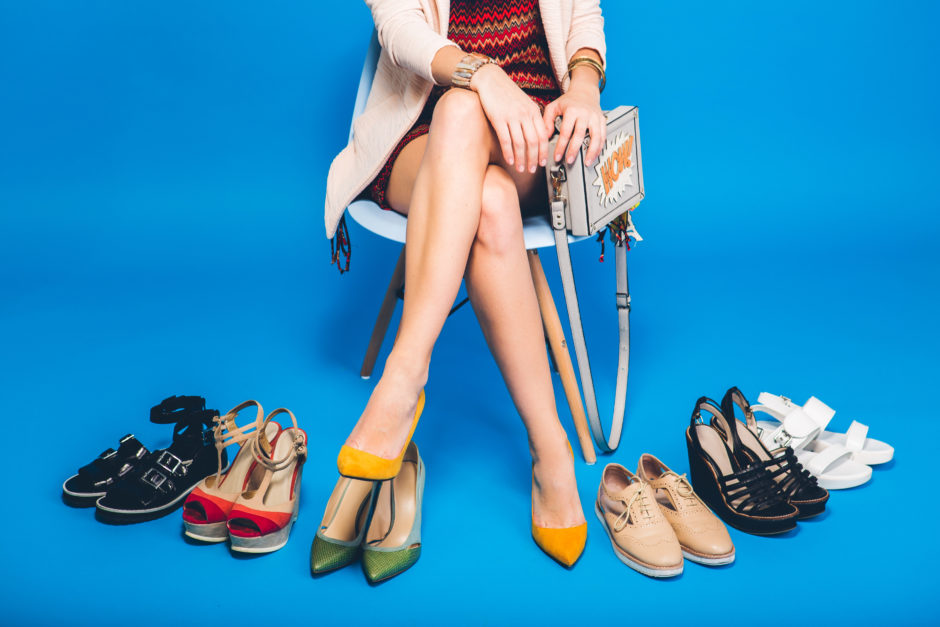
It’s all connected. We know that. But shoes and pregnancy, really? How we hold our body and use our body throughout the day impacts our tissues and alignment. In order for your baby to more easily find her way through the inlet of your pelvis, your body needs to be in neutral pelvis alignment, ideally with anterior superior iliac spine (ASIS) stacked over pubic symphysis (PS) in a vertical plane. The shoes we wear affect our alignment and posture by causing us to tip forward and shorten and tighten our calf muscles. When that happens, our posterior chain is shortened and the front of our body has to work harder to keep us upright. The lower back arches forcing the hips and pelvis out of alignment to an anterior tilt making it more difficult for baby to enter the pelvic inlet. The ribs flare to keep us upright. The head and neck are pulled forward and we strain to keep our eyes on the horizon. The body adapts to how it is used and finds a way to keep you upright and not falling forward. The compensation pattern caused by stresses and mis-alignment bring the body into a less than optimal situation. Tension in the calves ultimately affects the pelvic floor which needs to be supple and responsive in order to yield for birth. So, yes, shoes impact pregnancy and birth because they affect our posture and alignment. So, what is a person to do? If you are one who has been in a high heel for much of your life, the transition to a lower heel would be helpful. Making that transition too rapidly might painful as your muscles need to adjust. Ideally spending as much time barefoot or in a flat shoe will help your body find its biomechanical advantage.
You can check your alignment by placing your fingers on these bony markers when you are seated and standing. If the ASIS appears to be in front of the PS, this would indicate an anteriorly tilted pelvis; a very common mis-alignment in our western world and popular shoe styles. There are many tools and positions we can share that will help bring back that biomechanical advantage and draw the pelvis closer to neutral, making it easier for your baby to find her way out. And who doesn’t want an easier labor? If you would like to schedule a session for an assessment of your alignment and posture, please reach out. In the mean time, you could try a wall stretch. A wall stretch for the calves is done in front of a wall. Stand close to a wall facing it. Be slightly away from the wall. Hold the wall with both hands with palms resting on it. Place one leg ahead of the other one with toes up on the wall. Bend this forward leg and do a stretching movement while keeping the other foot behind this leg. Hold and return to starting position. Do this three times. Do the exercise with the opposite leg also. You can also check out One Strong Mama, an exercise program designed for pregnancy, birth, and postpartum which addresses a comprehensive body alignment.

